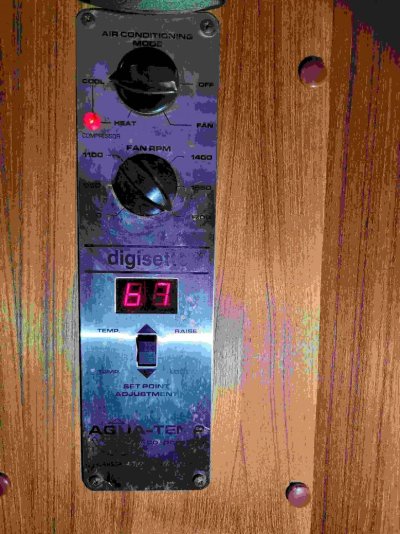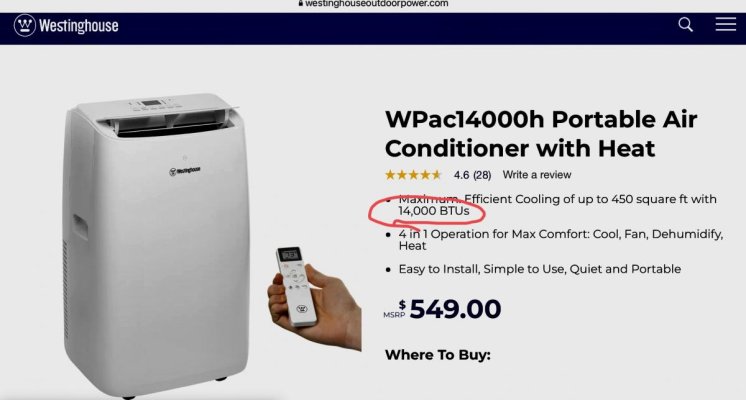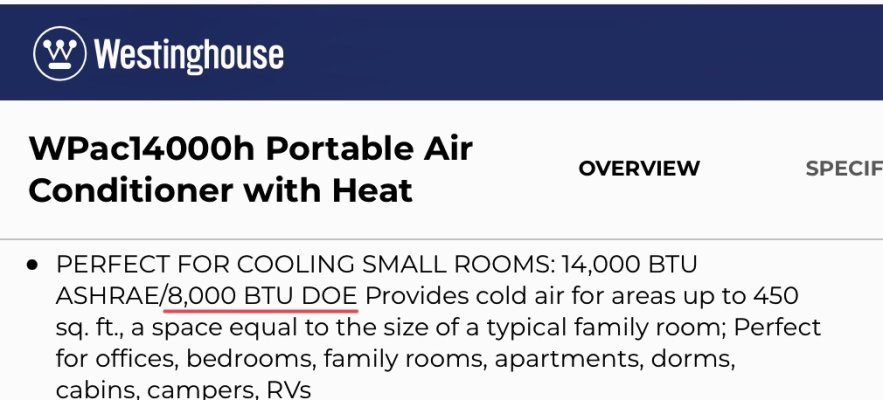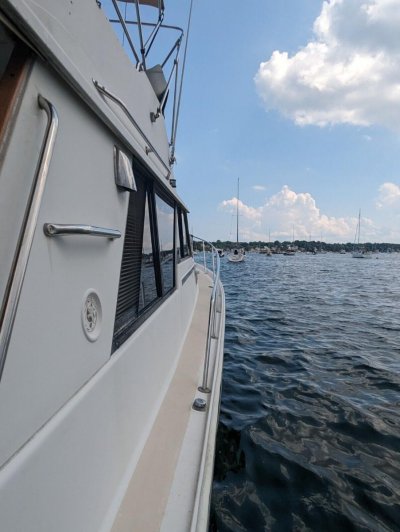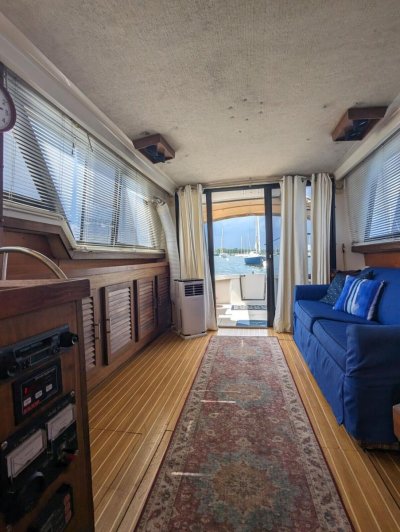PhilPB
Guru
- Joined
- Oct 5, 2021
- Messages
- 772
- Location
- Palm Beach County
- Vessel Name
- Sun Dog
- Vessel Make
- Mainship 34
Looking for opinions.
In lieu of replacing current ac that doesn't cool our entire cabin well but still works ok (this is in a 95°f Florida environment).
Debating the possibility of adding 12k-14k btu portable unit.
The cost for the unit is approximately 25% of a normal uninstalled marine ac unit. If I were to pay for marine unit as well as paying for install the cost drops to about 10%.
In lieu of replacing current ac that doesn't cool our entire cabin well but still works ok (this is in a 95°f Florida environment).
Debating the possibility of adding 12k-14k btu portable unit.
The cost for the unit is approximately 25% of a normal uninstalled marine ac unit. If I were to pay for marine unit as well as paying for install the cost drops to about 10%.

